Burnt by fire. Essential First Aid Treatment for Thermal Burns: A Comprehensive Guide
How to provide immediate care for thermal burns. What are the steps to treat first-degree, second-degree, and third-degree burns. When to seek emergency medical attention for burn injuries.
Understanding the Severity of Thermal Burns
Thermal burns are injuries caused by exposure to heat sources such as fire, hot liquids, steam, or other hot materials. The severity of a burn is classified into three degrees, each requiring specific first aid treatment. Understanding these classifications is crucial for providing appropriate care.
First-Degree Burns
First-degree burns affect only the outer layer of skin (epidermis). They are characterized by redness, minor swelling, and pain. These burns typically heal within a week without scarring.
Second-Degree Burns
Second-degree burns involve the first two layers of skin (epidermis and dermis). They cause blistering, severe pain, and a glossy appearance to the skin. Healing time varies but usually takes 2-3 weeks.
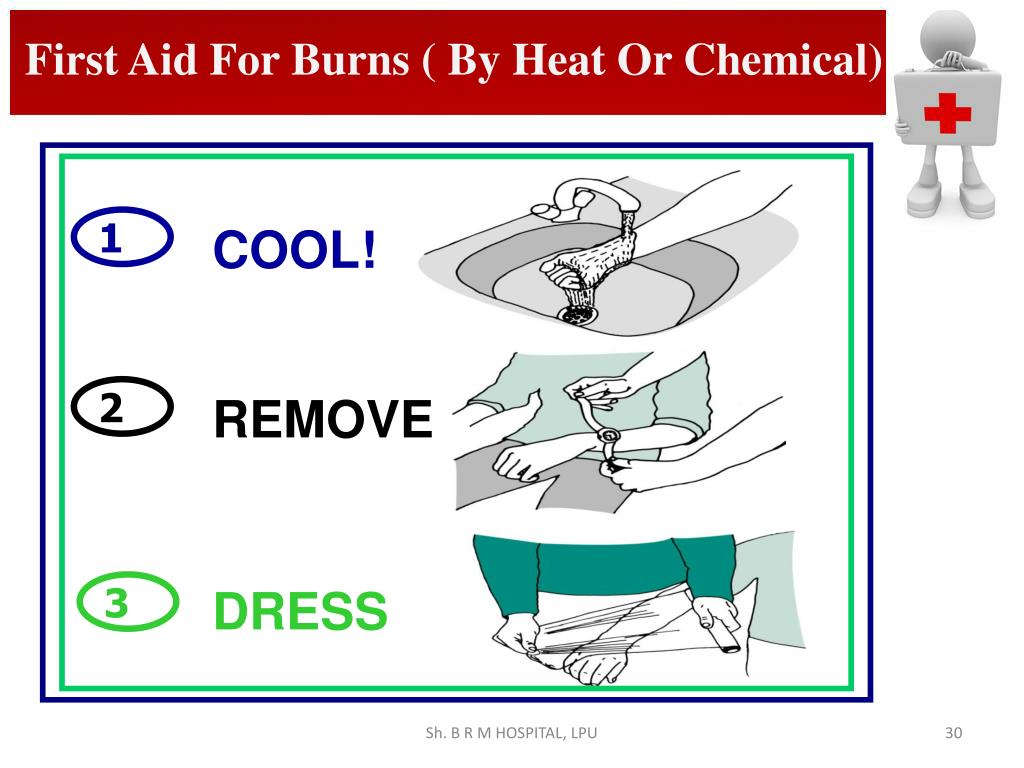
Third-Degree Burns
Third-degree burns are the most severe, penetrating all layers of skin and potentially affecting underlying tissues. The skin may appear white, brown, or black, and have a leathery texture. These burns require immediate medical attention.
Immediate Actions for All Burn Types
Regardless of the burn severity, certain steps should be taken immediately to prevent further injury and begin the healing process:
- Stop the burning process immediately
- Remove constrictive clothing and jewelry
- Cool the burn
- Protect the burned area
- Treat pain
How can you stop the burning process? If the person is on fire, help them “stop, drop, and roll” to smother the flames. For burns caused by hot liquids or steam, remove any clothing soaked with the hot substance. If clothing is stuck to the skin, cut or tear around it rather than pulling it off.
Why is it important to remove constrictive items? Burns can cause rapid swelling, so removing tight clothing, jewelry, and belts immediately can prevent further complications and circulation problems.
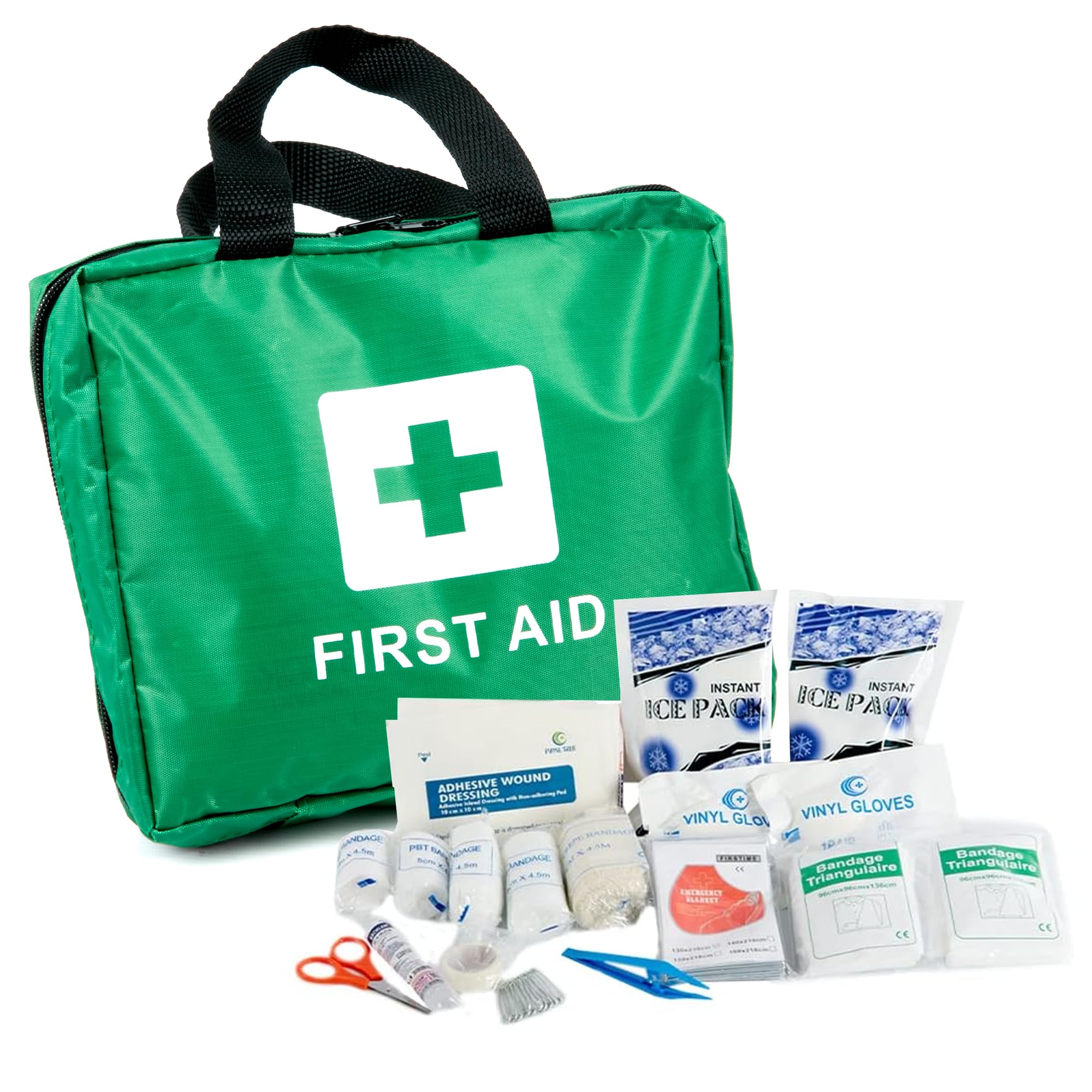
First Aid for First-Degree Burns
First-degree burns, while painful, can often be treated at home. Here’s how to provide proper care:
- Cool the burn by holding it under cool (not cold) running water for 10-15 minutes
- Apply a petroleum-based ointment 2-3 times daily
- Cover the burn with a sterile, non-adhesive bandage
- Take over-the-counter pain relievers if needed
Is it safe to use ice on a burn? No, applying ice directly to a burn can cause further tissue damage and increase pain. Always use cool water instead.
Treating Second-Degree Burns
Second-degree burns require more careful attention due to their increased severity:
- Immerse the burned area in cool water for 10-15 minutes
- Cover the burn loosely with a sterile, non-stick bandage
- Elevate the burned area above heart level if possible
- Seek medical attention, especially if the burn is large or on a sensitive area
Should you break blisters on a second-degree burn? No, it’s important to leave blisters intact as they protect against infection. Breaking them can increase the risk of complications.
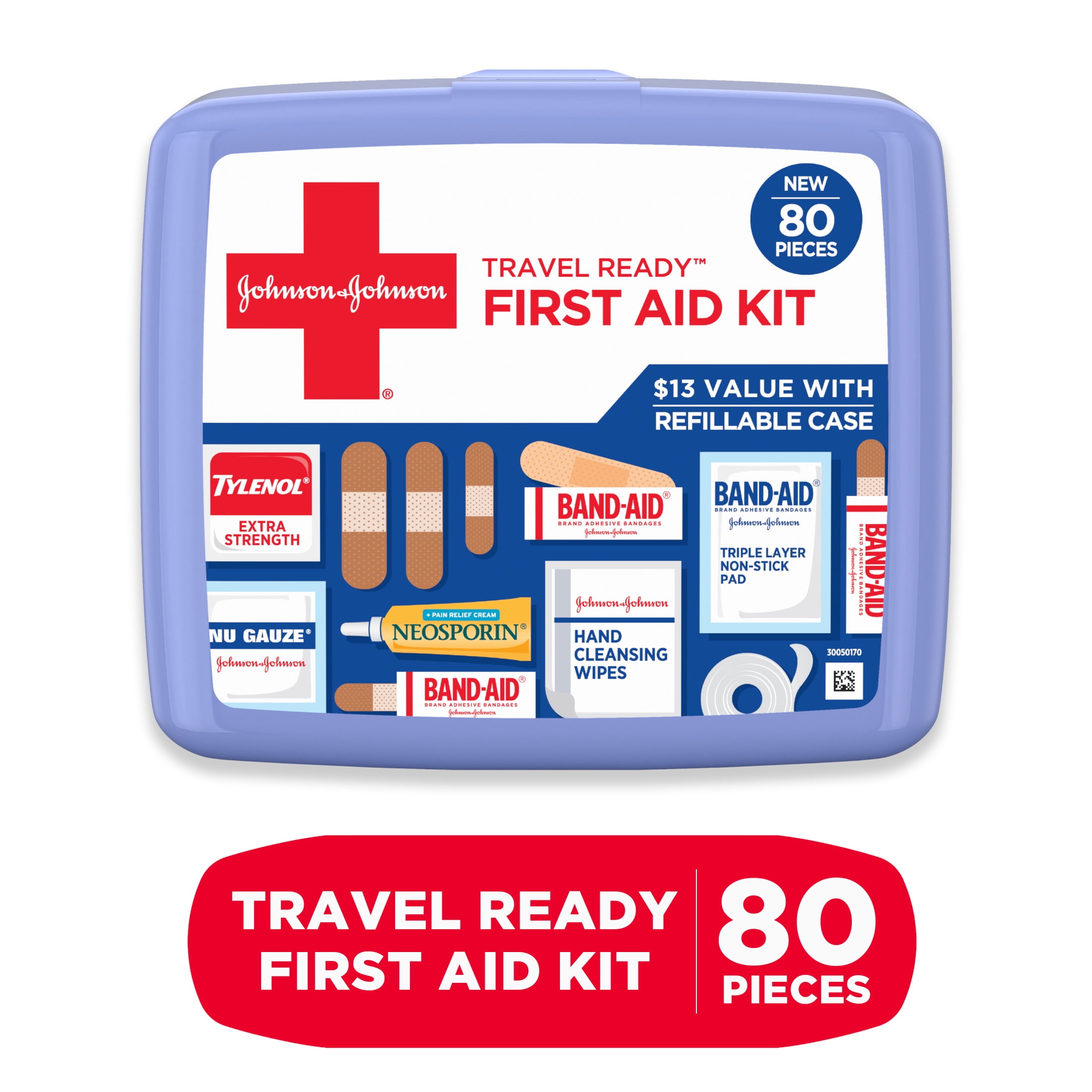
Emergency Care for Third-Degree Burns
Third-degree burns are medical emergencies requiring immediate professional care. While waiting for help to arrive:
- Call emergency services immediately
- Do not attempt to remove clothing stuck to the burn
- Cover the burn area loosely with a clean, dry cloth or sterile bandage
- Elevate the burned body part if possible
- Monitor for signs of shock
Why shouldn’t you apply ointments or butter to severe burns? These substances can seal in heat, potentially causing more damage to the tissues. They may also increase the risk of infection.
Preventing Shock in Burn Victims
Severe burns can lead to shock, a life-threatening condition. To help prevent shock:
- Lay the person flat on their back
- Elevate their feet about 12 inches, unless this causes pain or further injury
- Cover them with a coat or blanket to maintain body temperature
- For facial burns, keep the person sitting up to aid breathing
How can you recognize signs of shock? Look for pale, cool, and clammy skin, weakness, bluish lips and fingernails, and altered consciousness. If these symptoms appear, seek immediate medical help.
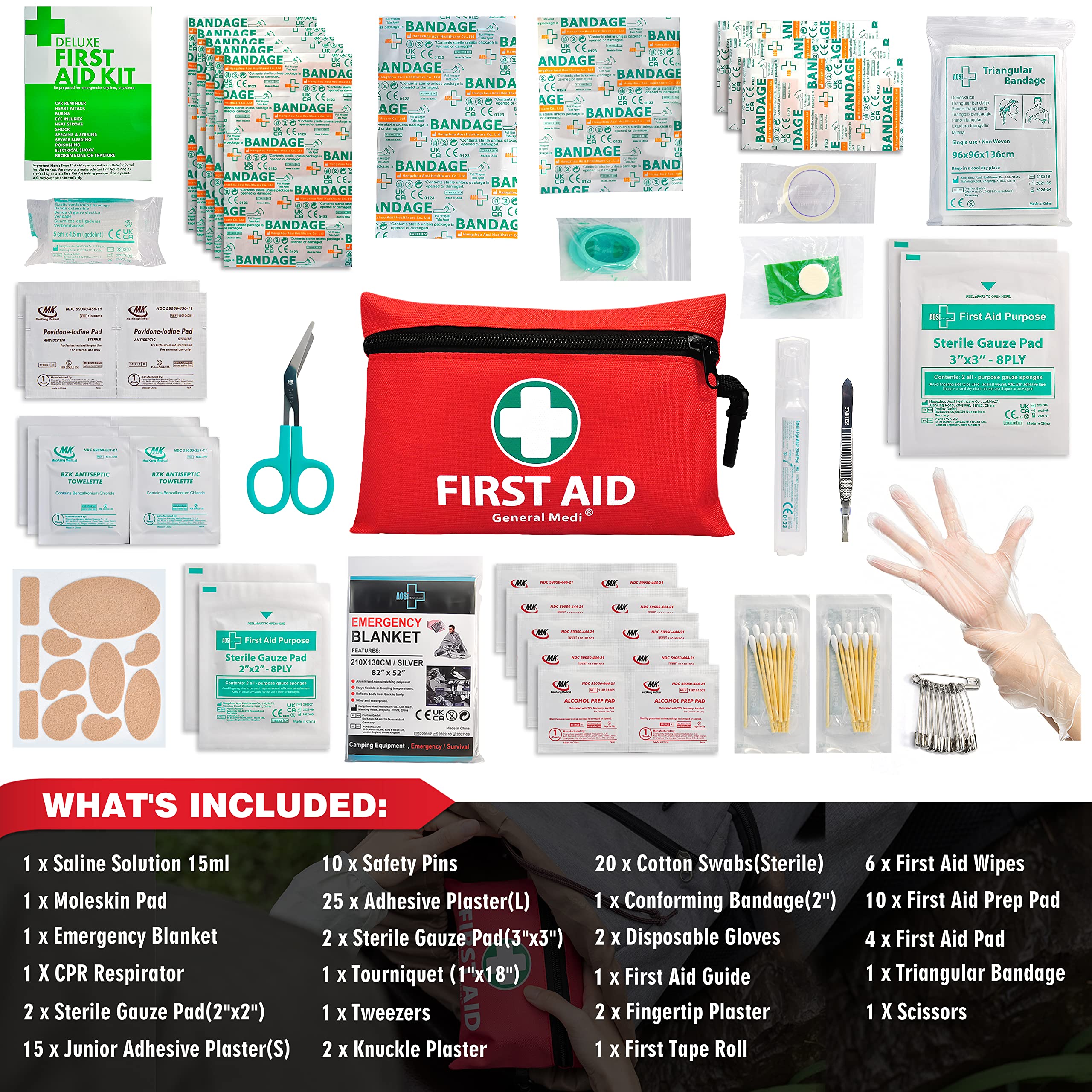
When to Seek Medical Attention for Burns
While minor burns can often be treated at home, certain situations require professional medical care. Seek immediate medical attention if:
- The burn is third-degree (affects all layers of skin)
- The burned area is larger than 3 inches in diameter
- The burn is on the face, hands, feet, genitals, or major joints
- The victim is an infant or elderly person
- There are signs of infection (increased pain, redness, swelling, fever, or oozing)
- The burn was caused by chemicals or electricity
Why is it crucial to seek medical help for burns on certain body parts? Burns on areas like the face, hands, and genitals can lead to serious functional impairment and may require specialized treatment to ensure proper healing and minimize scarring.
Long-Term Care and Burn Management
After the initial treatment, proper care is essential for optimal healing and to minimize scarring. Long-term burn management may include:
- Regular cleaning and dressing changes
- Application of prescribed ointments or creams
- Physical therapy to maintain flexibility and strength
- Scar management techniques
- Psychological support for emotional healing
How long does it take for burns to heal completely? Healing time varies depending on the burn’s severity. First-degree burns typically heal within a week, second-degree burns may take 2-3 weeks, while third-degree burns can take months and may require skin grafts.
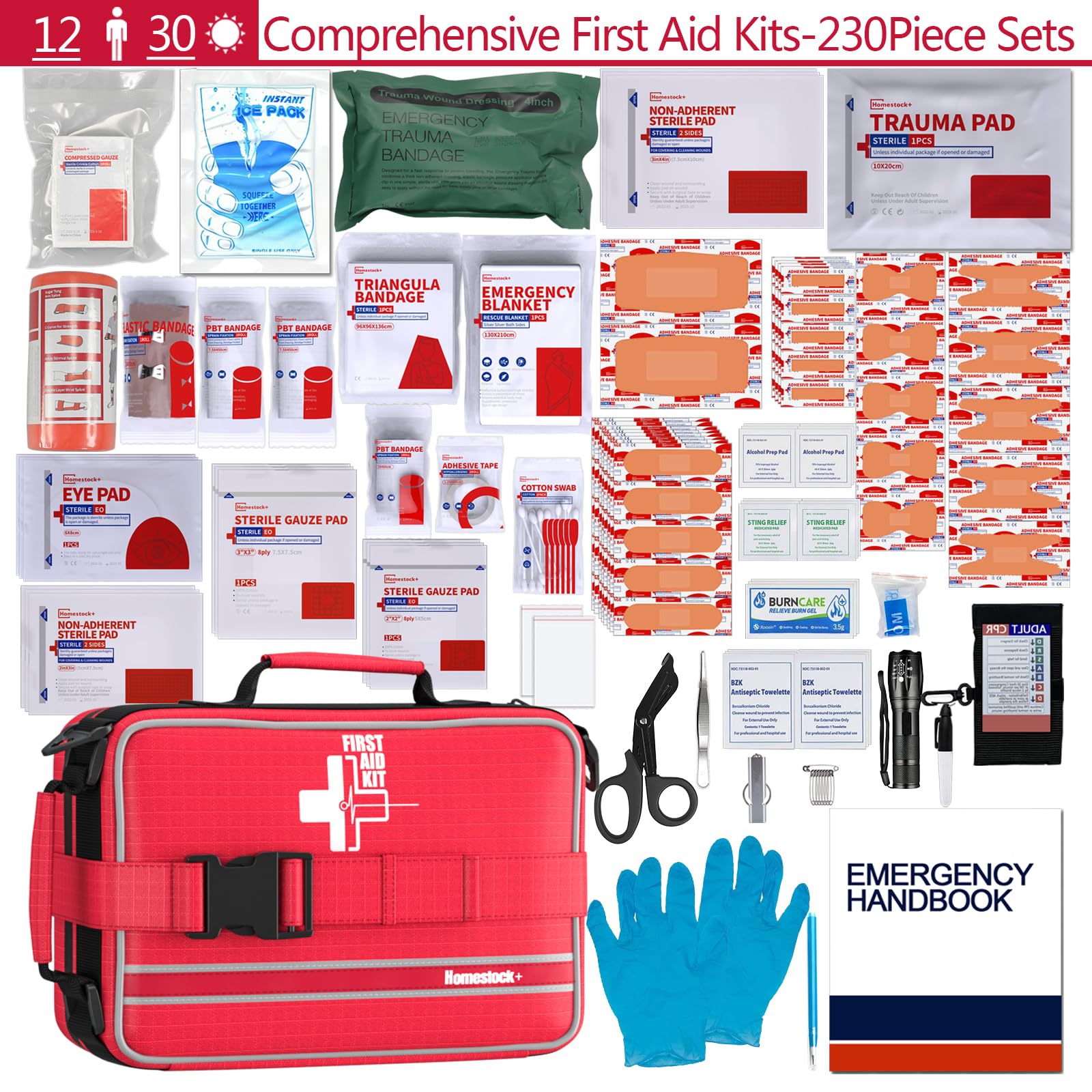
What role does nutrition play in burn recovery? Proper nutrition is crucial for burn healing. A diet rich in protein, vitamins A and C, and zinc can support tissue repair and boost the immune system, aiding in faster recovery.
Burn Prevention Strategies
While knowing how to treat burns is important, prevention is always better. Here are some strategies to reduce the risk of thermal burns:
- Install smoke detectors and check them regularly
- Keep hot liquids away from edges of tables and counters
- Use back burners on stoves and turn pot handles inward
- Set water heater temperature to 120°F (48.9°C) or lower
- Never leave children unattended near fire or hot objects
- Wear protective gear when working with heat or chemicals
How effective are smoke detectors in preventing fire-related injuries? Properly installed and maintained smoke detectors can reduce the risk of dying in a home fire by 50%. They provide early warning, allowing for quick evacuation or fire control.
What should you do if your clothing catches fire? Remember the “Stop, Drop, and Roll” technique. Stop immediately, drop to the ground, and roll to smother the flames. Covering your face with your hands while rolling can help protect your airway.

Creating a Fire Safety Plan
Developing and practicing a fire safety plan can significantly reduce the risk of serious injuries in case of a fire. A comprehensive plan should include:
- Multiple escape routes from each room
- A designated meeting place outside the home
- Regular practice drills with all family members
- Clear pathways to exits
- Knowledge of how to use fire extinguishers
How often should you practice your fire escape plan? Experts recommend practicing your fire escape plan at least twice a year. This ensures that all family members, including children, are familiar with the procedures and can act quickly in an emergency.
Specialized Burns: Chemical and Electrical
While thermal burns are the most common, chemical and electrical burns require specific first aid approaches:
Chemical Burns
Chemical burns occur when skin or eyes come into contact with strong acids, alkalis, or other corrosive substances. Immediate action is crucial:
- Remove contaminated clothing
- Flush the area with cool running water for at least 20 minutes
- Do not attempt to neutralize the chemical
- Seek medical attention promptly
Why shouldn’t you try to neutralize a chemical burn? Attempting to neutralize the chemical can cause a reaction that generates heat, potentially worsening the burn. Thorough flushing with water is the safest first aid measure.
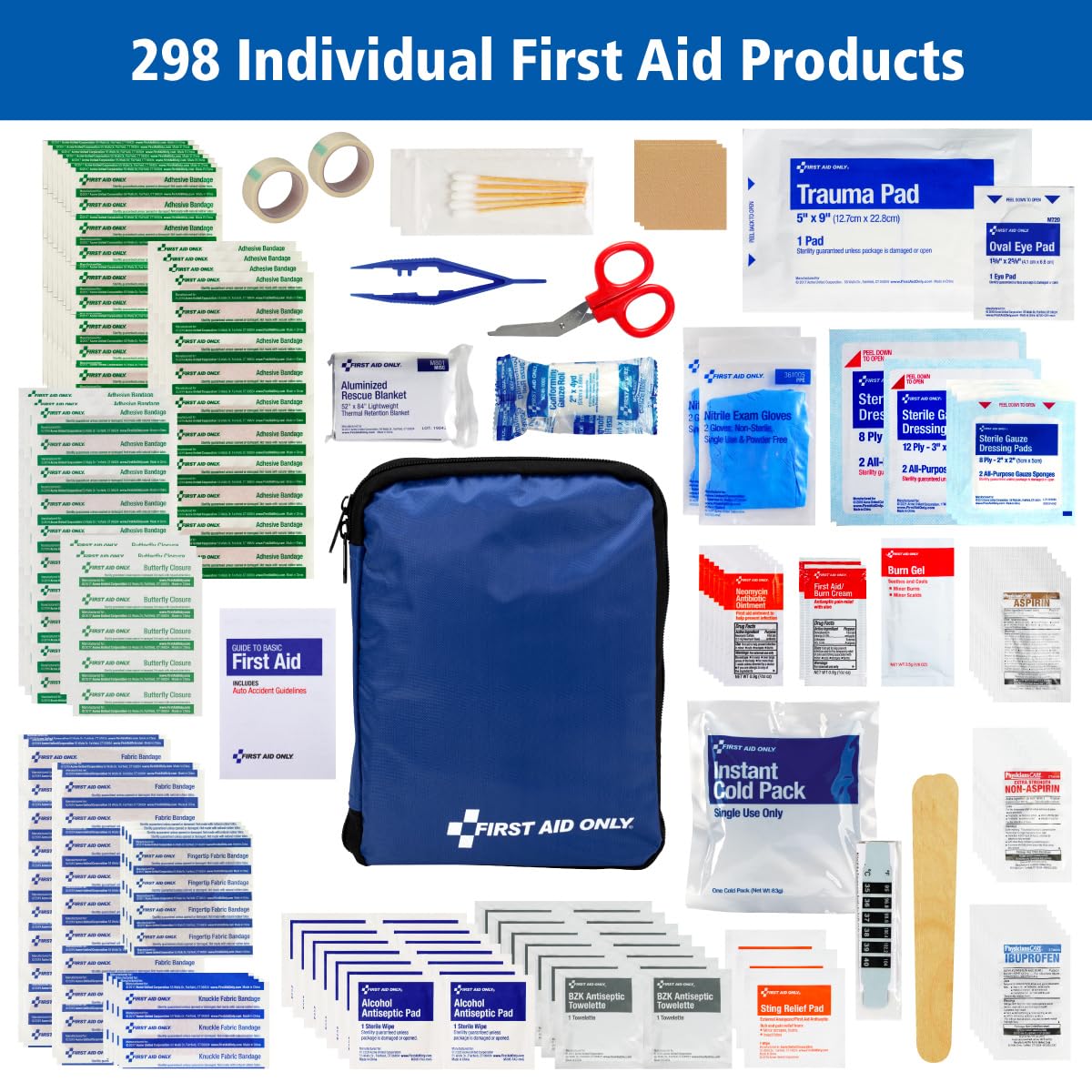
Electrical Burns
Electrical burns can be deceptively serious, often causing internal damage that’s not immediately visible. Key steps include:
- Ensure the power source is off before approaching the victim
- Check for breathing and pulse, start CPR if necessary
- Cover any visible burns with a sterile gauze or clean cloth
- Seek immediate medical attention, even if the burn appears minor
Why is it important to seek medical care for all electrical burns? Electrical burns can cause internal damage to tissues and organs that may not be apparent on the skin’s surface. Professional medical evaluation is crucial to assess and treat potential hidden injuries.
Psychological Impact of Burns
The effects of severe burns extend beyond physical injury. Many burn survivors experience psychological challenges that require attention and support:
- Post-traumatic stress disorder (PTSD)
- Depression and anxiety
- Body image issues
- Social isolation
- Adjustment difficulties
How can burn survivors cope with the psychological impact of their injuries? Professional counseling, support groups, and cognitive-behavioral therapy can be highly effective in helping burn survivors process their experiences and develop coping strategies. Family support and gradual reintegration into social activities also play crucial roles in emotional recovery.
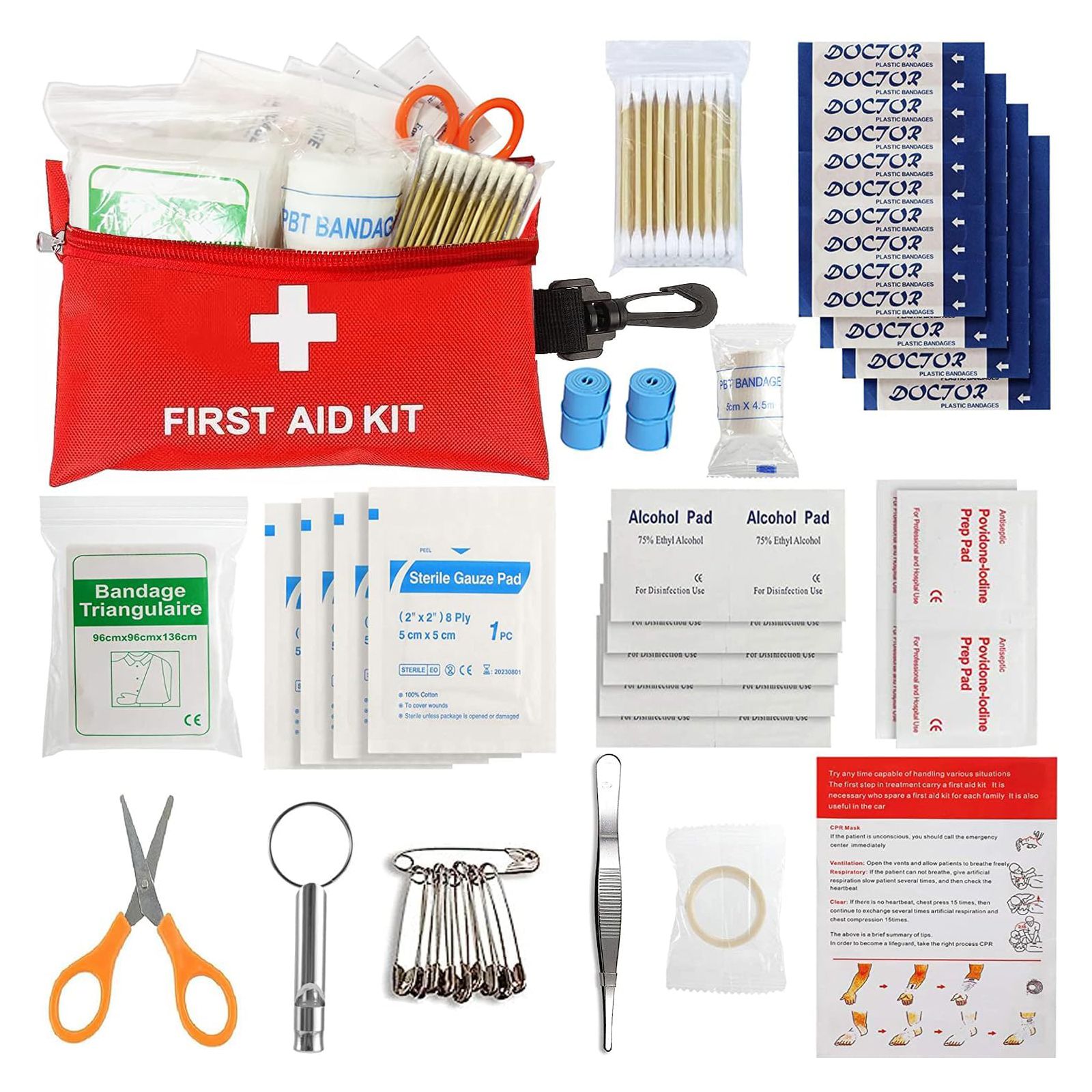
Support Resources for Burn Survivors
Various organizations offer support and resources for burn survivors and their families:
- The Phoenix Society for Burn Survivors
- World Burn Foundation
- Burn survivor support groups in local hospitals
- Online forums and communities for burn survivors
- Specialized burn camps for children and young adults
What benefits do burn survivor support groups offer? Support groups provide a safe space for survivors to share experiences, learn coping strategies, and find encouragement from others who have faced similar challenges. They can be instrumental in reducing feelings of isolation and promoting emotional healing.
Advances in Burn Treatment and Research
The field of burn care is continually evolving, with new treatments and technologies emerging to improve outcomes for burn patients:
- Artificial skin substitutes
- Stem cell therapies
- Advanced wound dressings
- Laser treatments for scar reduction
- Virtual reality for pain management
How are artificial skin substitutes changing burn treatment? Artificial skin products, made from materials like collagen and silicone, can provide temporary wound coverage, promote healing, and reduce the need for skin grafts in some cases. They’re particularly useful for large burns where donor skin may be limited.
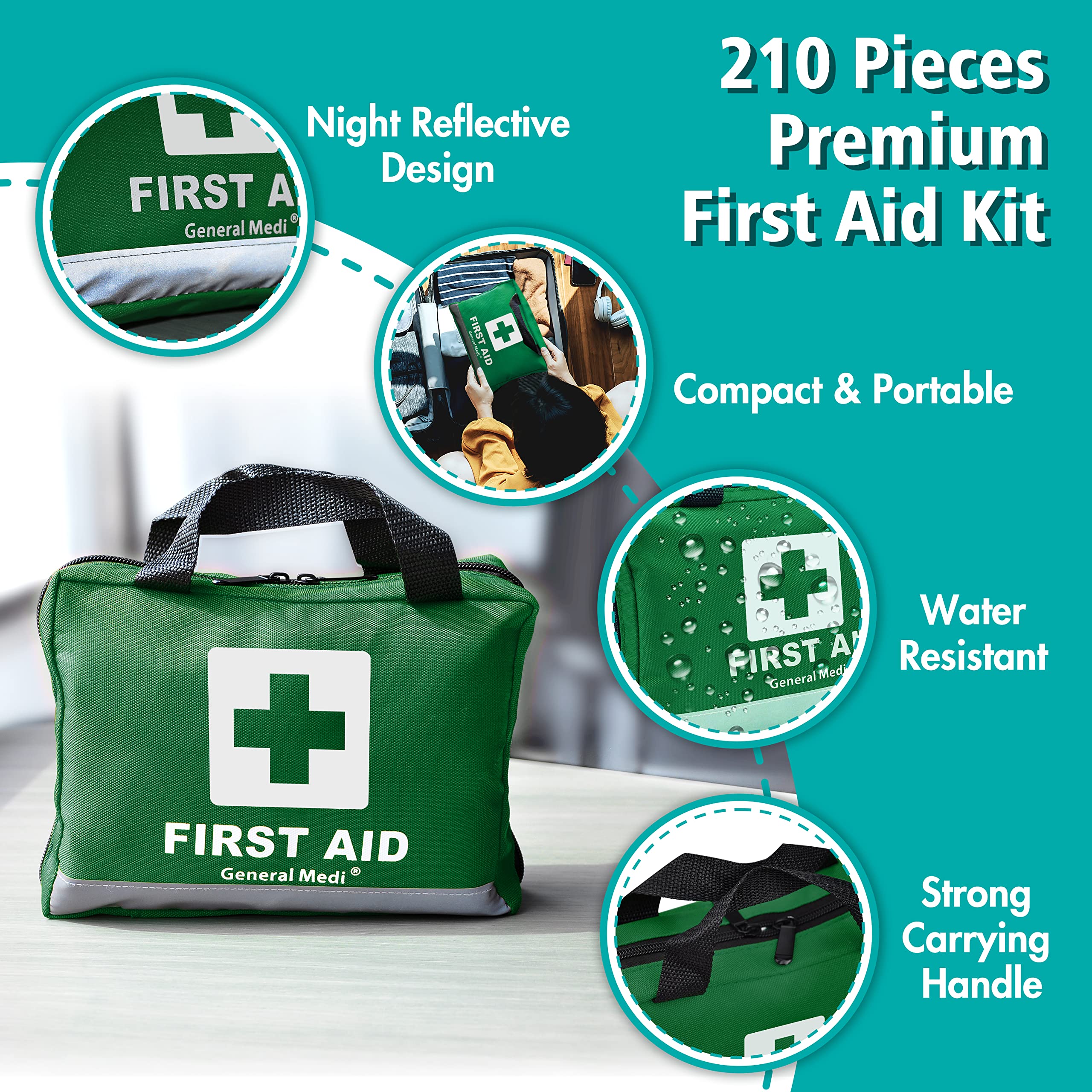
What role does virtual reality play in burn care? Virtual reality technologies are being used to distract patients during painful procedures, such as dressing changes. By immersing patients in virtual environments, these systems can significantly reduce perceived pain and anxiety associated with burn treatment.
Future Directions in Burn Care
Researchers continue to explore innovative approaches to burn treatment and rehabilitation:
- 3D-printed skin grafts
- Gene therapy for improved healing
- Nanotechnology in wound care
- Robotic assistance in burn surgery
- Personalized medicine approaches
How might 3D-printed skin grafts revolutionize burn treatment? 3D bioprinting technology holds the potential to create custom skin grafts using a patient’s own cells. This could lead to better graft compatibility, reduced scarring, and faster healing times, especially for patients with extensive burns.
First Aid Treatment for Thermal Burns
Written by WebMD Editorial Contributors
- Call 911 if:
- For All Burns
- For First-Degree Burns (Affecting Top Layer of Skin)
- For Second-Degree Burns (Affecting Top 2 Layers of Skin)
- For Third-Degree Burns
- The burn penetrates all layers of the skin.
- The skin is leathery or charred looking, with white, brown, or black patches.
- The person is an infant or a senior.
1. Stop Burning Immediately
- Put out fire or stop the person’s contact with hot liquid, steam, or other material.
- Help the person “stop, drop, and roll” to smother flames.
- Remove smoldering material from the person.
- Remove hot or burned clothing. If clothing sticks to skin, cut or tear around it.
2. Remove Constrictive Clothing Immediately
- Take off jewelry, belts, and tight clothing. Burns can swell quickly.

Then take the following steps:
1. Cool Burn
- Hold burned skin under cool (not cold) running water or immerse in cool water until the pain subsides.
- Use compresses if running water isn’t available.
2. Protect Burn
- Cover with sterile, non-adhesive bandage or clean cloth.
- Do not apply butter, oil, lotions, or creams (especially if they contain fragrance). Apply a petroleum-based ointment two to three times per day.
3. Treat Pain
- Give over-the-counter pain reliever such as acetaminophen (Panadol, Tylenol), ibuprofen (Advil, Motrin, Nuprin), or naproxen (Aleve, Naprosyn).
4. When to See a Doctor
Seek medical help if:
- You see signs of infection, like increased pain, redness, swelling, fever, or oozing.
- The person needs tetanus or booster shot, depending on date of last injection. Tetanus booster should be given every 10 years.
- The burn blister is larger than two inches or oozes.

- Redness and pain last more than a few hours.
- The pain gets worse.
- The hands, feet, face, or genitals are burned.
5. Follow Up
- The doctor will examine the burn and may prescribe antibiotics and pain medication.
1. Cool Burn
- Immerse in cool water for 10 or 15 minutes.
- Use compresses if running water isn’t available.
- Don’t apply ice. It can lower body temperature and cause further pain and damage.
- Don’t break blisters or apply butter or ointments, which can cause infection.
2. Protect Burn
- Cover loosely with sterile, nonstick bandage and secure in place with gauze or tape.
3. Prevent Shock
Unless the person has a head, neck, or leg injury, or it would cause discomfort:
- Lay the person flat.
- Elevate feet about 12 inches.
- Elevate burn area above heart level, if possible.
- Cover the person with a coat or blanket.

4. See a Doctor
- The doctor can test burn severity, prescribe antibiotics and pain medications, and administer a tetanus shot, if needed.
1. Call 911
2. Protect Burn Area
- Cover loosely with sterile, nonstick bandage or, for large areas, a sheet or other material that that won’t leave lint in wound.
- Separate burned toes and fingers with dry, sterile dressings.
- Do not soak the burn in water or apply ointments or butter, which can cause infection.
3. Prevent Shock
Unless the person has a head, neck, or leg injury or it would cause discomfort:
- Lay the person flat.
- Elevate feet about 12 inches.
- Elevate burn area above heart level, if possible.
- Cover the person with a coat or blanket.
- For an airway burn, do not place a pillow under the person’s head when the person is lying down. This can close the airway.

- Have a person with a facial burn sit up.
- Check pulse and breathing to monitor for shock until emergency help arrives.
4. See a Doctor
- Doctors will give oxygen and fluid, if needed, and treat the burn.
Top Picks
First Aid Treatment for Thermal Burns
Written by WebMD Editorial Contributors
- Call 911 if:
- For All Burns
- For First-Degree Burns (Affecting Top Layer of Skin)
- For Second-Degree Burns (Affecting Top 2 Layers of Skin)
- For Third-Degree Burns
- The burn penetrates all layers of the skin.

- The skin is leathery or charred looking, with white, brown, or black patches.
- The person is an infant or a senior.
1. Stop Burning Immediately
- Put out fire or stop the person’s contact with hot liquid, steam, or other material.
- Help the person “stop, drop, and roll” to smother flames.
- Remove smoldering material from the person.
- Remove hot or burned clothing. If clothing sticks to skin, cut or tear around it.
2. Remove Constrictive Clothing Immediately
- Take off jewelry, belts, and tight clothing. Burns can swell quickly.
Then take the following steps:
1. Cool Burn
- Hold burned skin under cool (not cold) running water or immerse in cool water until the pain subsides.
- Use compresses if running water isn’t available.
2. Protect Burn
- Cover with sterile, non-adhesive bandage or clean cloth.

- Do not apply butter, oil, lotions, or creams (especially if they contain fragrance). Apply a petroleum-based ointment two to three times per day.
3. Treat Pain
- Give over-the-counter pain reliever such as acetaminophen (Panadol, Tylenol), ibuprofen (Advil, Motrin, Nuprin), or naproxen (Aleve, Naprosyn).
4. When to See a Doctor
Seek medical help if:
- You see signs of infection, like increased pain, redness, swelling, fever, or oozing.
- The person needs tetanus or booster shot, depending on date of last injection. Tetanus booster should be given every 10 years.
- The burn blister is larger than two inches or oozes.
- Redness and pain last more than a few hours.
- The pain gets worse.
- The hands, feet, face, or genitals are burned.
5. Follow Up
- The doctor will examine the burn and may prescribe antibiotics and pain medication.
1. Cool Burn
- Immerse in cool water for 10 or 15 minutes.

- Use compresses if running water isn’t available.
- Don’t apply ice. It can lower body temperature and cause further pain and damage.
- Don’t break blisters or apply butter or ointments, which can cause infection.
2. Protect Burn
- Cover loosely with sterile, nonstick bandage and secure in place with gauze or tape.
3. Prevent Shock
Unless the person has a head, neck, or leg injury, or it would cause discomfort:
- Lay the person flat.
- Elevate feet about 12 inches.
- Elevate burn area above heart level, if possible.
- Cover the person with a coat or blanket.
4. See a Doctor
- The doctor can test burn severity, prescribe antibiotics and pain medications, and administer a tetanus shot, if needed.
1. Call 911
2. Protect Burn Area
- Cover loosely with sterile, nonstick bandage or, for large areas, a sheet or other material that that won’t leave lint in wound.

- Separate burned toes and fingers with dry, sterile dressings.
- Do not soak the burn in water or apply ointments or butter, which can cause infection.
3. Prevent Shock
Unless the person has a head, neck, or leg injury or it would cause discomfort:
- Lay the person flat.
- Elevate feet about 12 inches.
- Elevate burn area above heart level, if possible.
- Cover the person with a coat or blanket.
- For an airway burn, do not place a pillow under the person’s head when the person is lying down. This can close the airway.
- Have a person with a facial burn sit up.
- Check pulse and breathing to monitor for shock until emergency help arrives.
4. See a Doctor
- Doctors will give oxygen and fluid, if needed, and treat the burn.
Top Picks
The secret of the ancient city in Syria, burnt by “heavenly fire” is revealed 0003
Society
10. 03.2020 15:57
03.2020 15:57
Share
Denis Peredelsky
University of California, Santa Barbara
An international team of geologists and archaeologists has discovered evidence of a powerful cosmic impact that destroyed one of the world’s earliest human settlements, the city of Abu Hureyra. It was located in the north of modern Syria and was burned by “fire from heaven”.
UC Santa Barbara reports on the discovery. The archaeological site of Abu Hureyra has not been explored for a long time. Since the 1970s, access to it has been closed, since he himself almost completely went under water after the construction of a dam on the Euphrates River.
A large barrow remained from the city, which now rests at the bottom of Lake Assad. Archaeologists largely relied on the descriptions of colleagues made even before the appearance of this lake. Scientists of past years described in detail the remains of products and tools found in the settlement. This made it possible to establish that local nomads switched to agriculture almost 12. 8 thousand years ago.
8 thousand years ago.
This was probably one of the most significant events in the history of our planet. But at about the same time, a catastrophe happened: it turned out that Abu Hureyra had another, unknown story. Among the fossilized cereals, many fragments of melted glass were found. The remains of molten glass were also found on the ancient bones of people and animals, and the ruins of the city themselves were melted.
Analysis of this “glass” showed that this could only happen at extremely high temperatures, above 2200 degrees Celsius, that is, much higher than the temperatures that people could create in those days. Supporters of the “conspiracy theory” this gave reason to argue that the ancient city was destroyed by some kind of nuclear explosion. Of course, this is not so, but the event was clearly not out of the ordinary.
“Such high temperatures would completely melt a car in less than a minute,” says James Kenneth, professor emeritus of geology at the University of Santa Barbara. “This intensity could only be caused by an extremely strong, high-energy, high-speed phenomenon, something like a cosmic impact.” .
“This intensity could only be caused by an extremely strong, high-energy, high-speed phenomenon, something like a cosmic impact.” .
Based on material collected prior to the site’s sinking, Kenneth and colleagues make a bold statement in a new study: Abu Hureyra is the first site documented to have impacted a population center with fragments of a large asteroid or comet.
Probably all these fragments were part of the same cosmic body that crashed into the surface of our planet or exploded directly above it at the end of the Pleistocene epoch.
This event coincides in time with the extinction of most large animals, including mammoths, American horses and camels. At the same time, the mysterious North American Clovis culture also disappeared.
“Our new findings provide much stronger evidence for extremely high temperatures that could only be associated with a cosmic impact,” said Kenneth, who reported the first evidence of this kind in the region back in 2012.
Full study published in Nature Scientific Reports.
Share
ScienceHistorySpaceMuseums and monumentsSyria
Photo: Transcaucasia: Former USSR: Lenta.ru
A few days later, on December 1, in Nagorno-Karabakh, the transfer of several regions under the control of Baku will finally be completed. The process is difficult because of the long-standing enmity between the Azerbaijanis and the Armenians who inhabit the region. New borders are drawn literally on the go, sometimes forgetting to tell the locals that they will soon find themselves in another state against their will.
Anxiety and tension are growing due to the defiantly unworthy behavior of the Azerbaijani military, who desecrate the holy places in the occupied territories and post these “exploits” on the net. Karabakh Armenians leave their homes and flee. Officially, only the Armenian military should leave the NKR, but civilians also leave after them, as they are sure that nothing good awaits them under the Azerbaijani government. They take with them everything that can be taken, even the remains of relatives. Everything that cannot be taken away, they try to destroy so that the enemy does not get it.
They take with them everything that can be taken, even the remains of relatives. Everything that cannot be taken away, they try to destroy so that the enemy does not get it.
Kalbajar region. Explosion of a military unit
Photo: Anatoly Zhdanov / Kommersant
The Kelbajar region, which was part of the unrecognized Nagorno-Karabakh Republic (NKR) was called Shahumyan, came under the control of Baku on 25 November. The Armenian military, leaving these territories the day before, blew up their military unit.
Karegakh village, Lachin region
Photo: Anatoly Zhdanov / Kommersant
The Lachin region until recently was part of the Kashatagh region of the NKR and came under the control of Baku on November 20. Many local residents burned them down before leaving their homes.
Road in the mountains of the Kelbajar region
Photo: Dmitry Lovetsky / AP
Huge traffic jams from cars with refugees accumulate on the roads leading from the NKR to Armenia.
Refugees getting ready to leave
Photo: Anatoly Zhdanov / Kommersant
People try to take as many things as possible with them because they are not going to return.
Maraga village, Martakert region
Photo: Sergei Grits / AP
Everything that cannot be taken away, people try to destroy. In this picture, a man kills his pigs before getting on the bus and leaving his house.
Hadrut, Azerbaijani soldiers
Photo: Aziz Karimov / Reuters
The fears of Karabakh Armenians are fueled by publications on social networks about the atrocities and arbitrariness of the Azerbaijani military. They are not always confirmed, but some reports turn out to be true. For example, the other day a video appeared on the network, in which Azerbaijanis desecrated the grave of an Armenian to the laughter of an unknown cameraman.
Mosque in Aghdam
Photo: Aziz Karimov / Reuters
President of Azerbaijan Ilham Aliyev regularly declares that all monuments and temples of Karabakh, regardless of what culture and confession they belong to, will be protected by the state.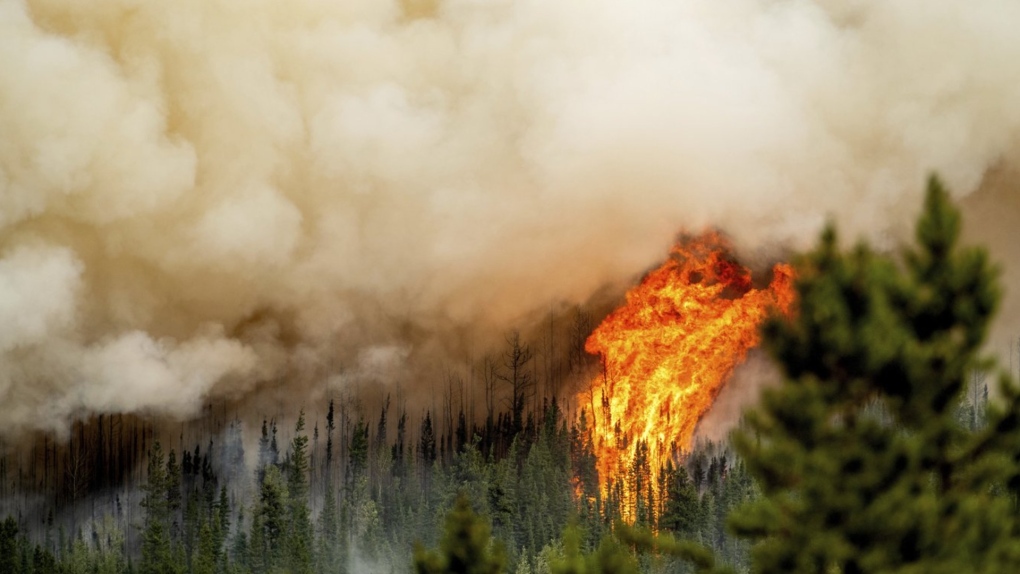 But the Armenians do not believe him, remembering the Soviet years.
But the Armenians do not believe him, remembering the Soviet years.
Dadivank Monastery
Photo: Dmitry Lovetsky / AP
The transfer of the Kalbajar region to Azerbaijan caused a special resonance not only because there were no hostilities there, but also because one of the main shrines of the Armenian Apostolic Church, Dadivank IX Monastery, is located there -XII centuries. In the Soviet years, the Azerbaijanis used it as a corral for cattle, the temple was looted and badly damaged, its restoration was completed only two years ago. Baku says pilgrims will be able to visit Dadivank, but the abbot of the monastery believes it is safer to close it and take the relics to Armenia.
Armenians remove artifacts from Tigranakert
Photo: Sergei Grits / AP
The Hellenistic Tigranakert fortress is another important cultural heritage site for Armenians that came under Azerbaijani control.
An Armenian cuts off a cross from the roof of his house before leaving.
Photo: Sergei Grits / AP
Residents of Karabakh try to take all the relics with them so that they are not desecrated.
Kilikli village cemetery
Photo: Andrei Borodulin / Kommersant
It comes to the point that some Karabakh people dig up the remains of their relatives in order to rebury them in Armenia. They are sure that they will not be able to return to their native graves, and they are afraid that the remains will be abused.
Photo: Sergey Grits / AP
Rumors appeared in the Azerbaijani media and social networks that the Armenians of Karabakh were mining the land before leaving. It is difficult to say how true they are, as many shells remained in the land of Nagorno-Karabakh after three wars.
Last supper before departure, Magara village, Martakert region
Photo: Sergei Grits / AP
The process of transferring territories to Azerbaijan is complicated by the fact that local authorities do not know until the last moment where the new border between states should go. As a result, the inhabitants of some villages learn that their land is being transferred to a neighboring state, literally the day before. Because of this, skirmishes regularly arise at the border.
As a result, the inhabitants of some villages learn that their land is being transferred to a neighboring state, literally the day before. Because of this, skirmishes regularly arise at the border.
Woman on the porch of her house before leaving
Photo: Dmitry Lovetsky / AP
The confusion is fueling rumors that the Azerbaijanis are trying to seize new territories beyond those specified in the agreements.
Refugees
Photo: Sergey Grits / AP
People are not resettled in a centralized way – they themselves go to relatives in Armenia or that part of Karabakh, which still belongs to the NKR. The lack of assistance causes great dissatisfaction with the authorities.
Ghost town Agdam
Photo: Andrey Borodulin / Kommersant
Azerbaijan will face huge expenses for the restoration of the acquired territories. And it’s not just about the recent destruction. Some settlements, such as the city of Agdam, have been completely or partially in ruins since the first Karabakh war in the 1990s.








.jpg)